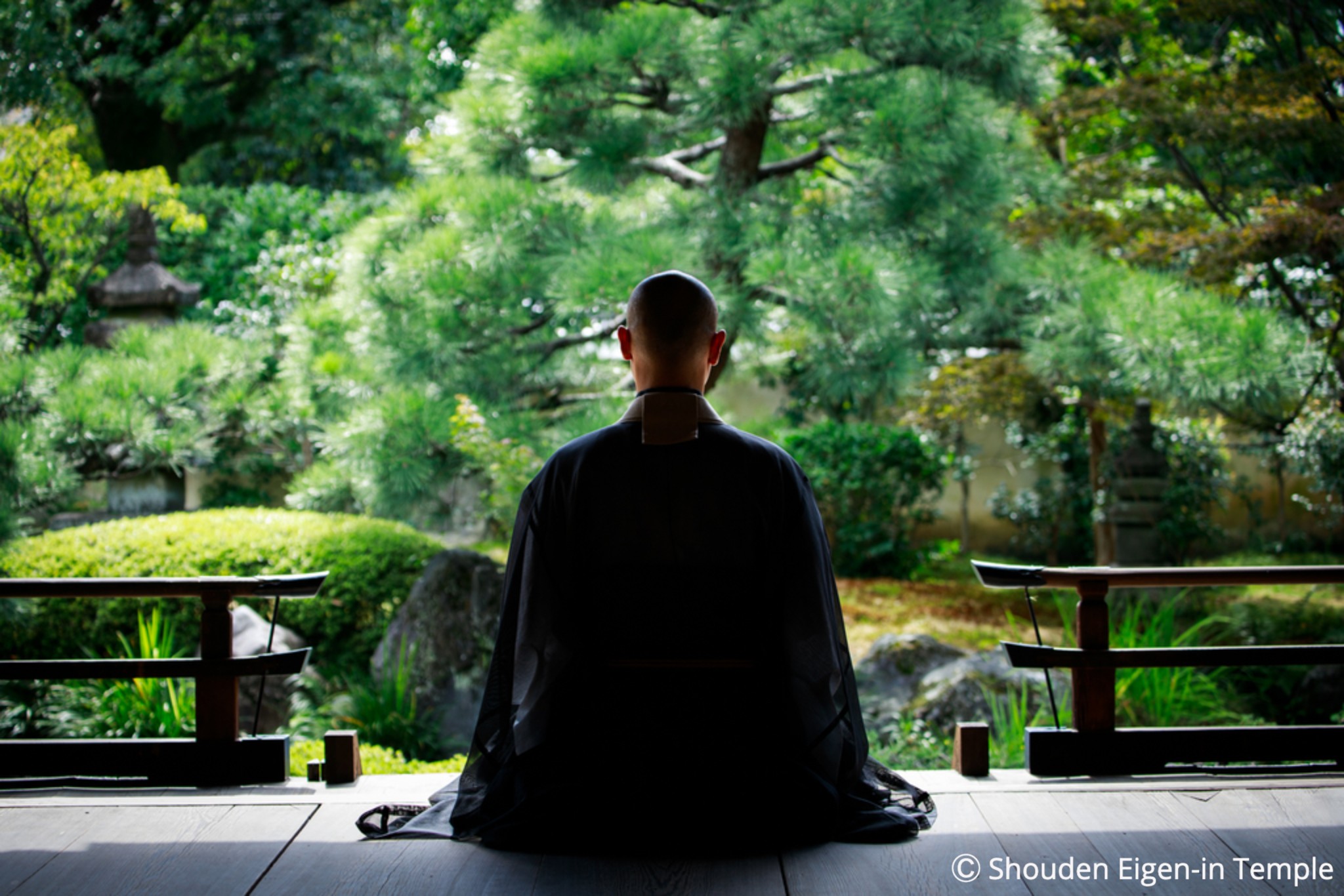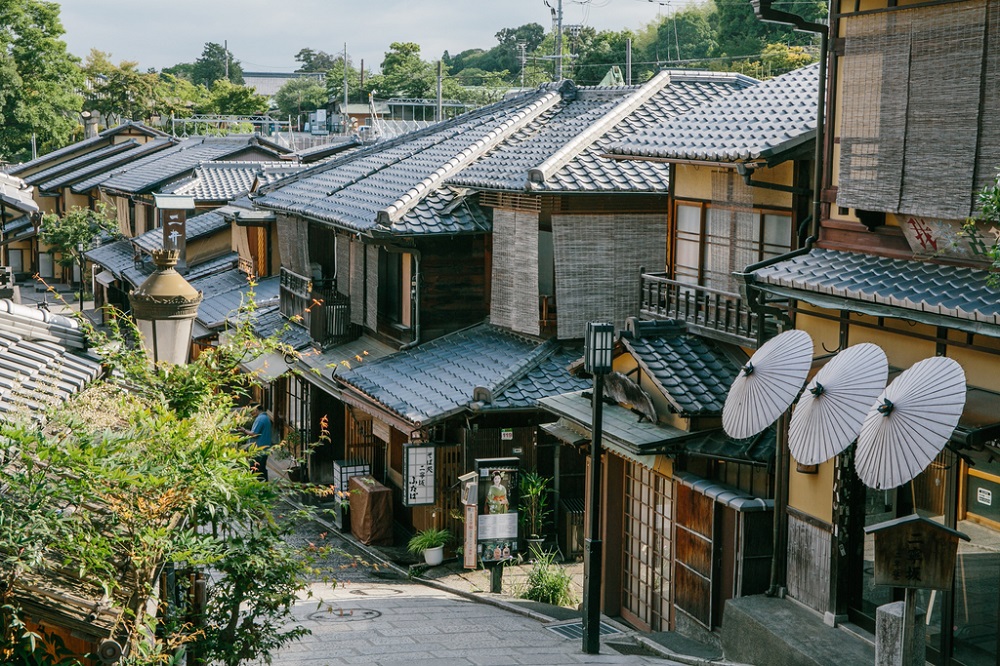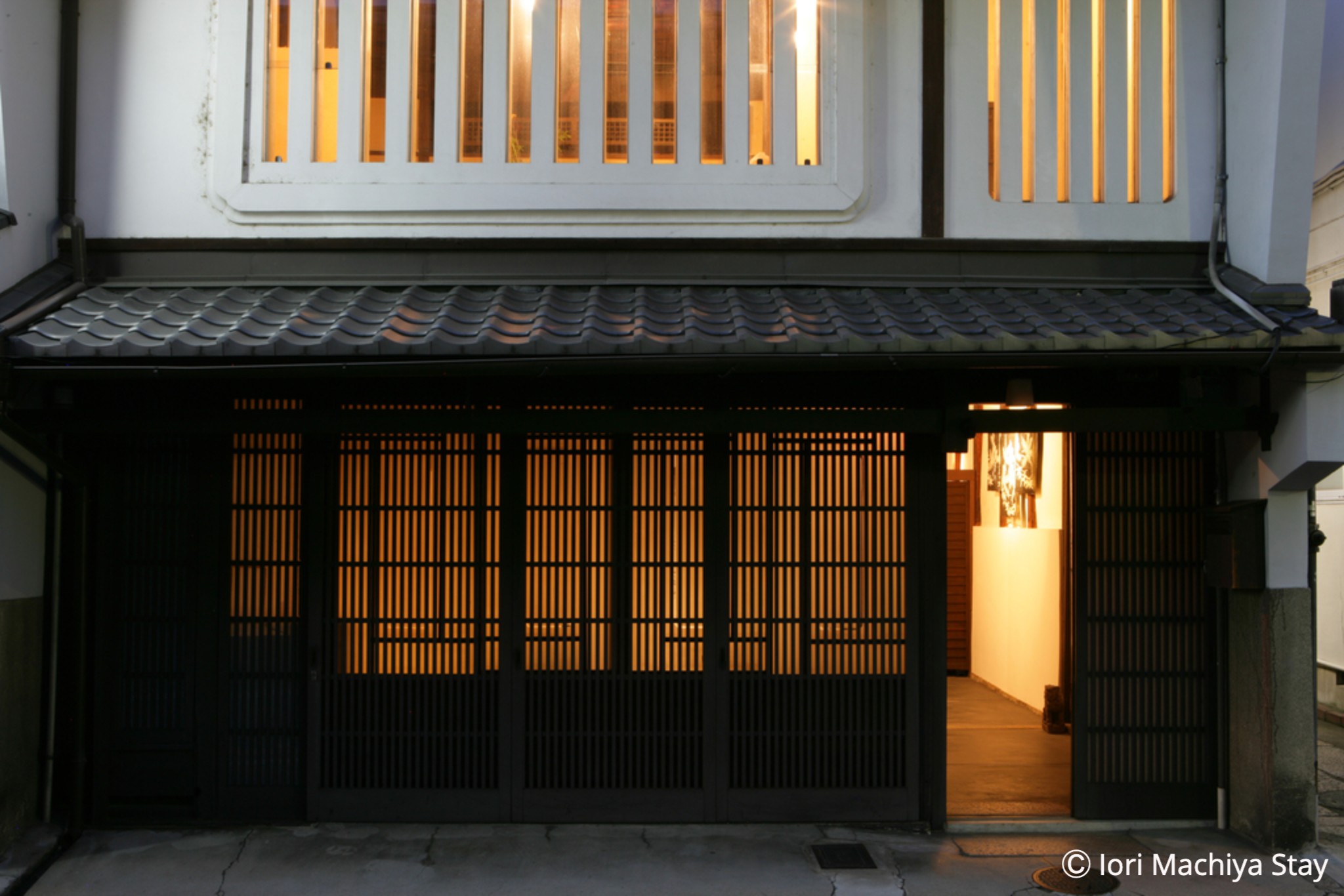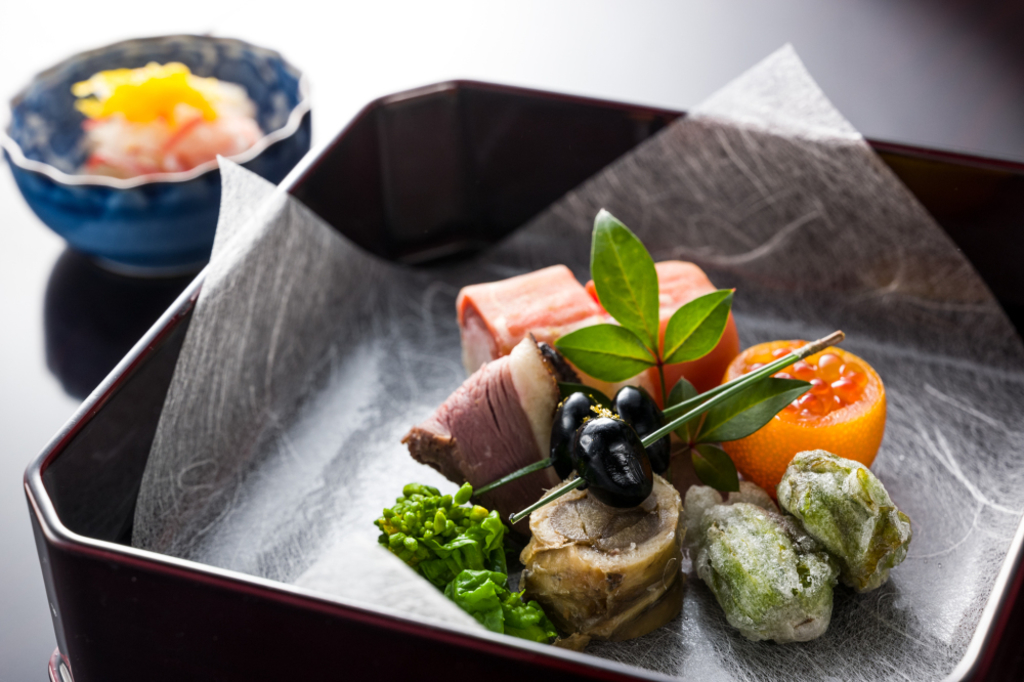Along with the aesthetics, Kyoto, especially nowadays, has wonderful dining for every taste and budget.
Whether it is high-end, elegant
kaiseki at three star Michelin restaurants helmed by world-famous chefs, grilled Japanese beef, yakitori, udon, ramen, anago, hamo, unagi, or tonkatsu, the array of what’s on the plate is remarkable. Or, should you wish to have Western food or the cuisines of other Asian countries, Kyoto offers, without exaggeration, some of the best pizza, pasta, baguettes, curries, halal, and Chinese food on the globe.
Throughout the city, three-star Michelin dining, vetted by culinary experts, offer meals that are so memorable as to have the potential to become cultural memories of a trip to Japan.



